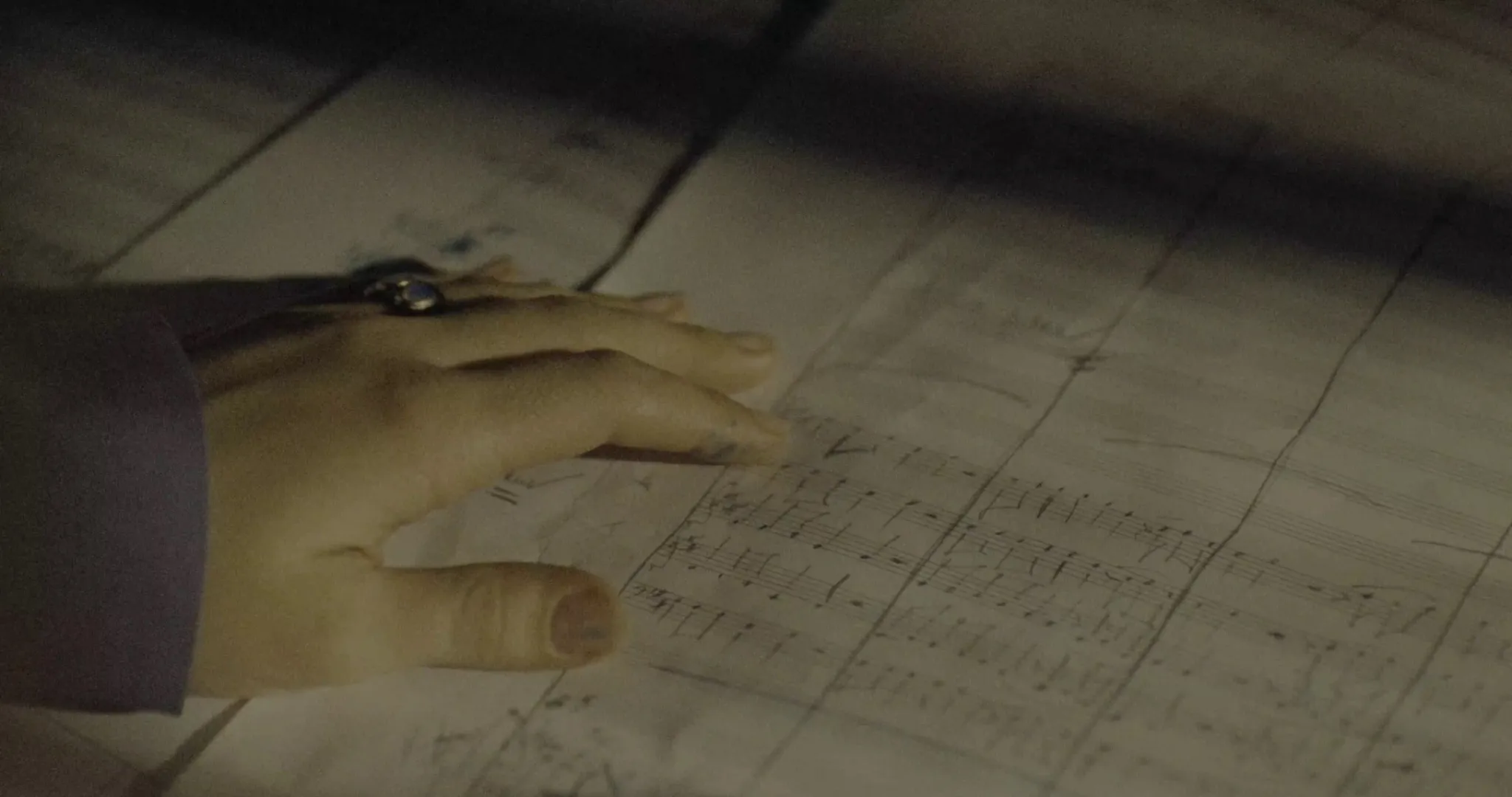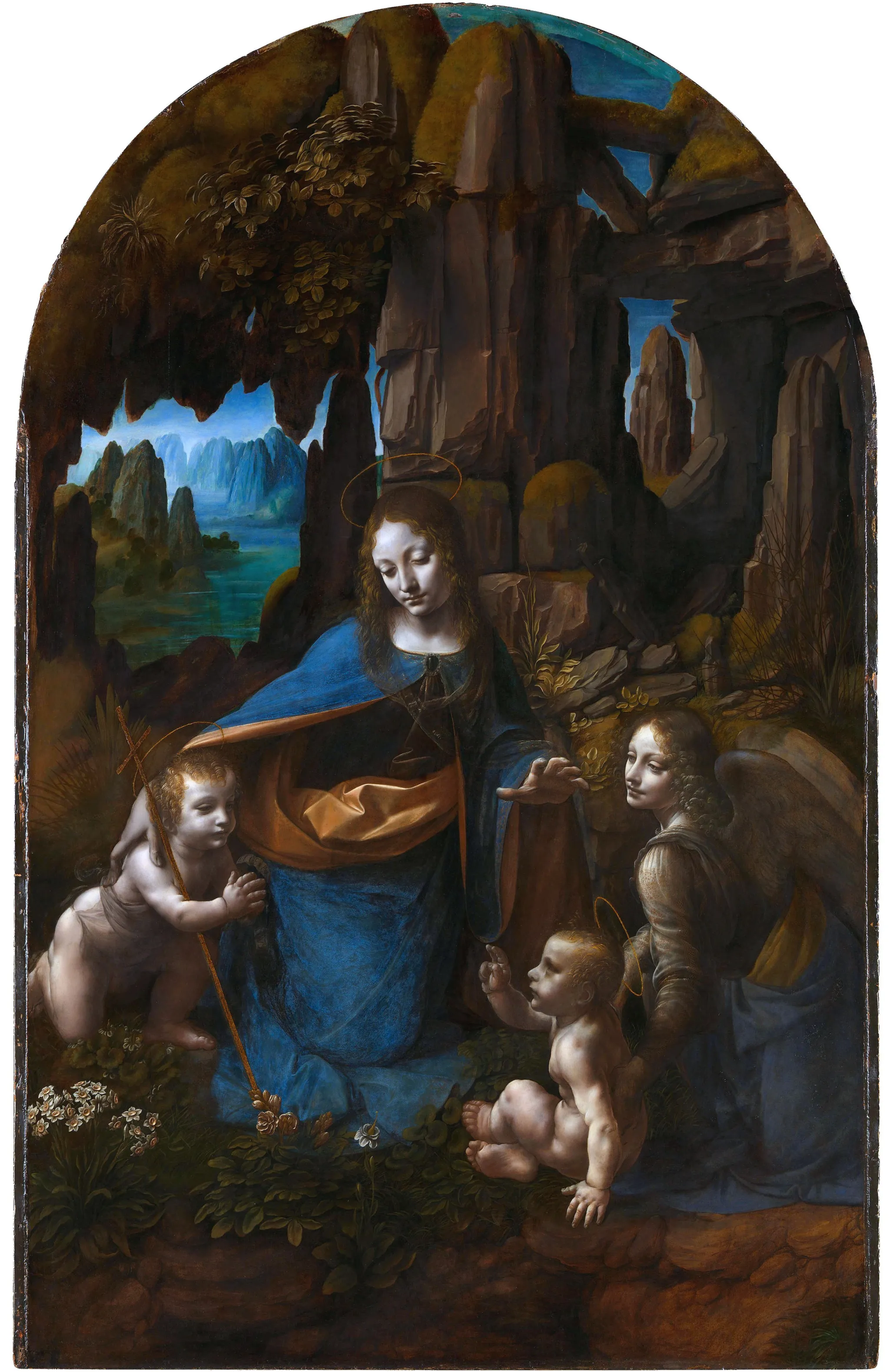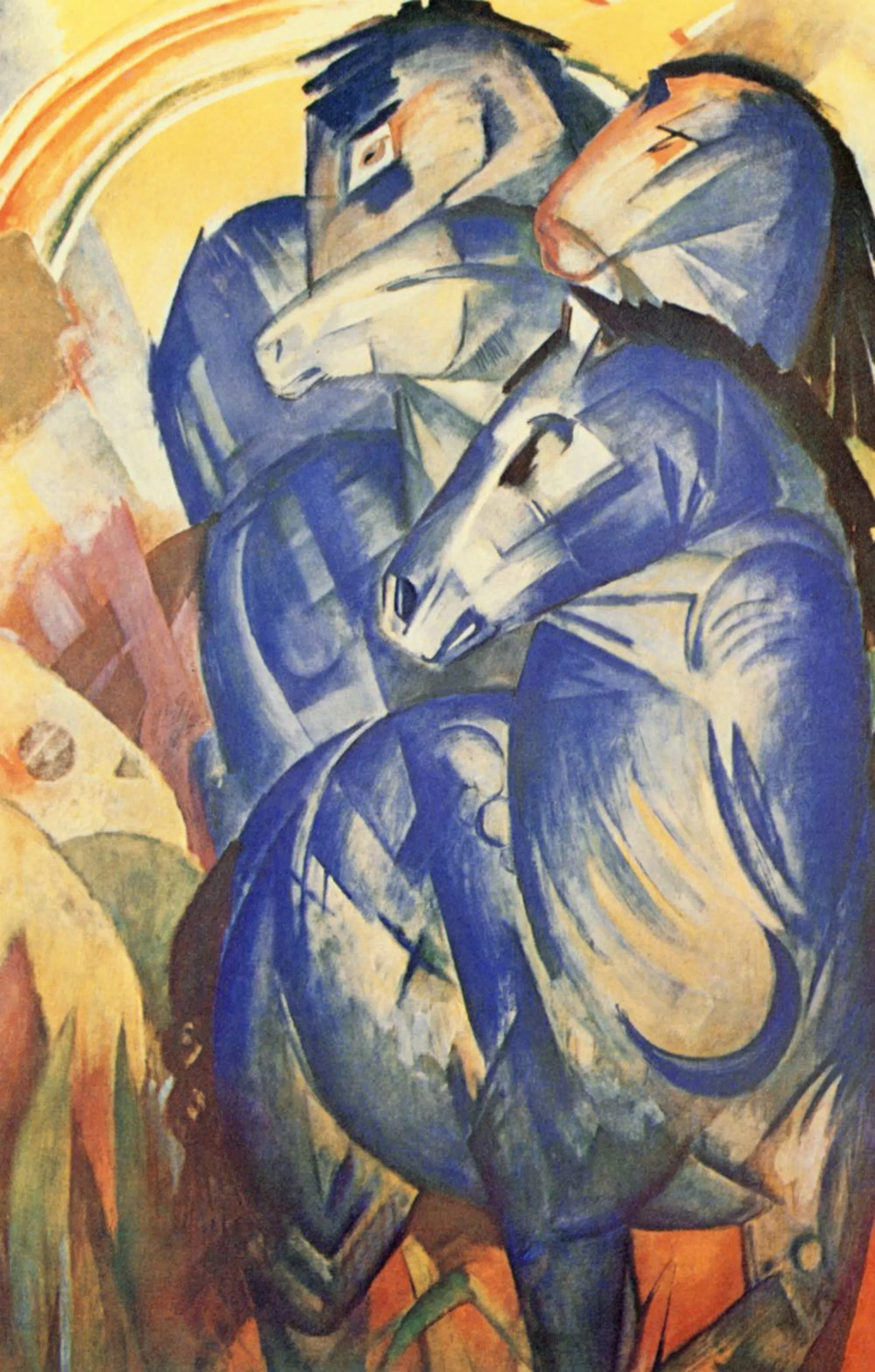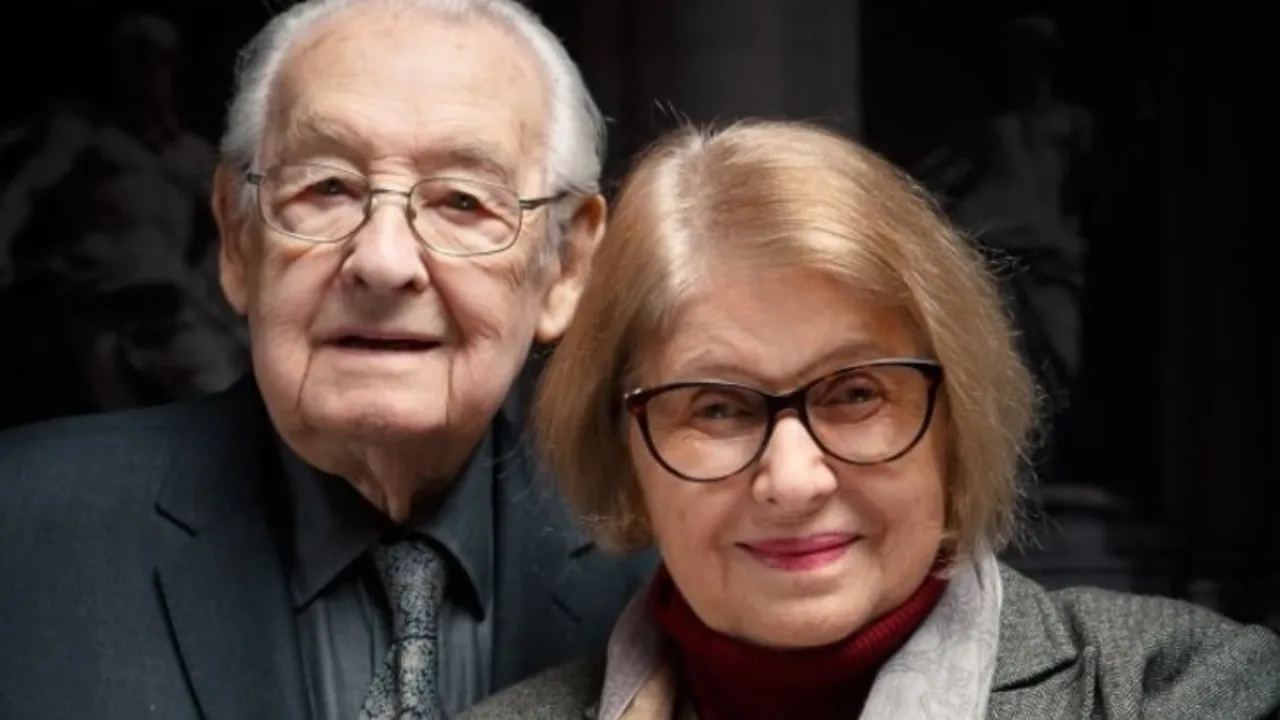Please update your browser
Your current browser version is outdated. We recommend updating to the latest version for an improved and secure browsing experience.

Kieślowski's Colors



Color Symbolism
Colors are understood everywhere to have both direct sensory affects and symbolic value, but the meanings of those symbols vary widely by period and culture. Blue can connote sacred love - the Virgin Mary is traditionally painted with a blue cloak in Renaissance paintings like the Leonardo above - but the color can also be associated with pop cultural phenomena such as blue jeans, blue suede, or Blue Velvet (David Lynch, 1986).
In Western visual iconography, however, it usually connotes spiritual yearning. Salient examples include the legendary quest for the Blue Flower made famous by the emblematic Romantic fable of Novalis (Heinrich von Ofterdingen, 1802) or Franz Marc's Tower of Blue Horses (1913, above), in which a symbolically resonant group of four horses configure themselves into an image of a Cathedral. In Concerning the Spiritual in Art, Wassily Kandinsky described blue as suggesting a spiritualized movement inwards.
Krzysztof Kieślowski built upon all of these associations in the first part of his Three Colors trilogy. Ostensibly, each of the three films - Blue (1993), White (1994), and Red (1994) - is structured around one of the colors of the French flag (representing, respectively, Liberty, Equality, and Fraternity). Kieślowski keeps this from being a gimmick by linking colors across characters and objects and using it as an opportunity to consider much larger questions in distinctively cinematic terms.
The film's opening sequence establishes the parameters, with permutations of Blue linked to subjectivity as well as loss. The exploration of subjectivity develops further later in the film when the now widowed protagonist goes for a swim and bursts of the piece her husband was composing burst forth on the soundtrack. Was she his muse or perhaps even the ghost composer? The piece is a setting to music of 1 Corinthians 13, an erstwhile anthem for the "unification of Europe" in which liberty is defined not by isolated autonomy, but by human interaction, face-to-face encounter, and genuine solidarity.



Red
In Red, Kieślowski shifts focus to the mysterious relationship between agency and destiny as well as the ethics of judgment. When the lead characters from all parts of the trilogy miraculously converge at the end, the film becomes a kind of theodicy. 1400 other people, including the weather girl whose voice had appeared on screen just a few minutes before, died so that these characters could be united. How can anyone make moral sense of this?
Kieślowski's response to the implicit question is to present the judge's face as another sort of icon and to pull deeper meaning out of seemingly frivolous advertising imagery. The red of the title dominates the photography shoot (left) and it shows up repeatedly as a poster before emerging "spontaneously" on the television screen. By emphasizing the video pixelation through a cinematic zoom, Kieślowski reinforces the artifice and also makes this into a uniquely cinematic suspension. Appropriately, the slogan for the campaign was "fraîcheur de vivre" (pneuma, breath, the Holy Spirit).
As always, Kieślowski leaves us with more questions than answers.






